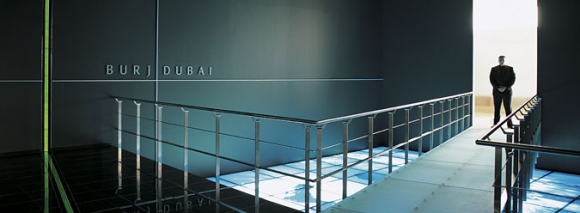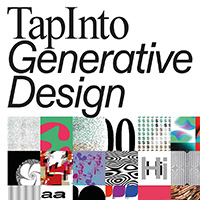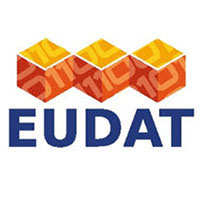Brands that rely solely on being the biggest, fastest, or newest are quickly forgotten after their inevitable migration to second place. The only way for a brand to avoid this is to transcend history — by becoming an icon. That was the challenge we put before Emaar Properties.
Burj Khalifa (formerly Burj Dubai): Focusing on uncommon elegance and ambition
Our client was planning the Burj Dubai — the tallest structure ever built and the centerpiece of a 500-acre, $20 billion mixed-use development called Downtown Dubai. As radical as it was to build on this scale, our client knew that its tower would eventually be surpassed. Landor proposed building something that would not — the Burj Dubai brand.
There have been a handful of buildings that were once the world’s tallest and were later eclipsed in height but not in fame — the Empire State Building, the Eiffel Tower, and closer to our client’s home, the Great Pyramid of Giza. With those intimidating icons as benchmarks, Landor began strategic planning.
Even before the foundation was poured, an auction was scheduled for apartments that would one day fill the tower. With nothing tangible to show bidders, the auction became a test of one of Walter Landor’s guiding principles: “Products are made in the factory, but brands are made in the mind.” At this point, the “product” didn’t exist. So we invited prospective bidders to experience the brand.
We fashioned a multisensory presentation center, wrote books and designed websites, had invitations etched, fragrances concocted, and parties thrown. A blazing Dubai sun finally rose on the first day for apartment bids.
There was no second day. In less than 24 hours, every apartment-to-be was spoken for, netting more than half a billion dollars. Even by the heady standards of the region, the branding of the Burj Dubai was off to an exceptional start.






















